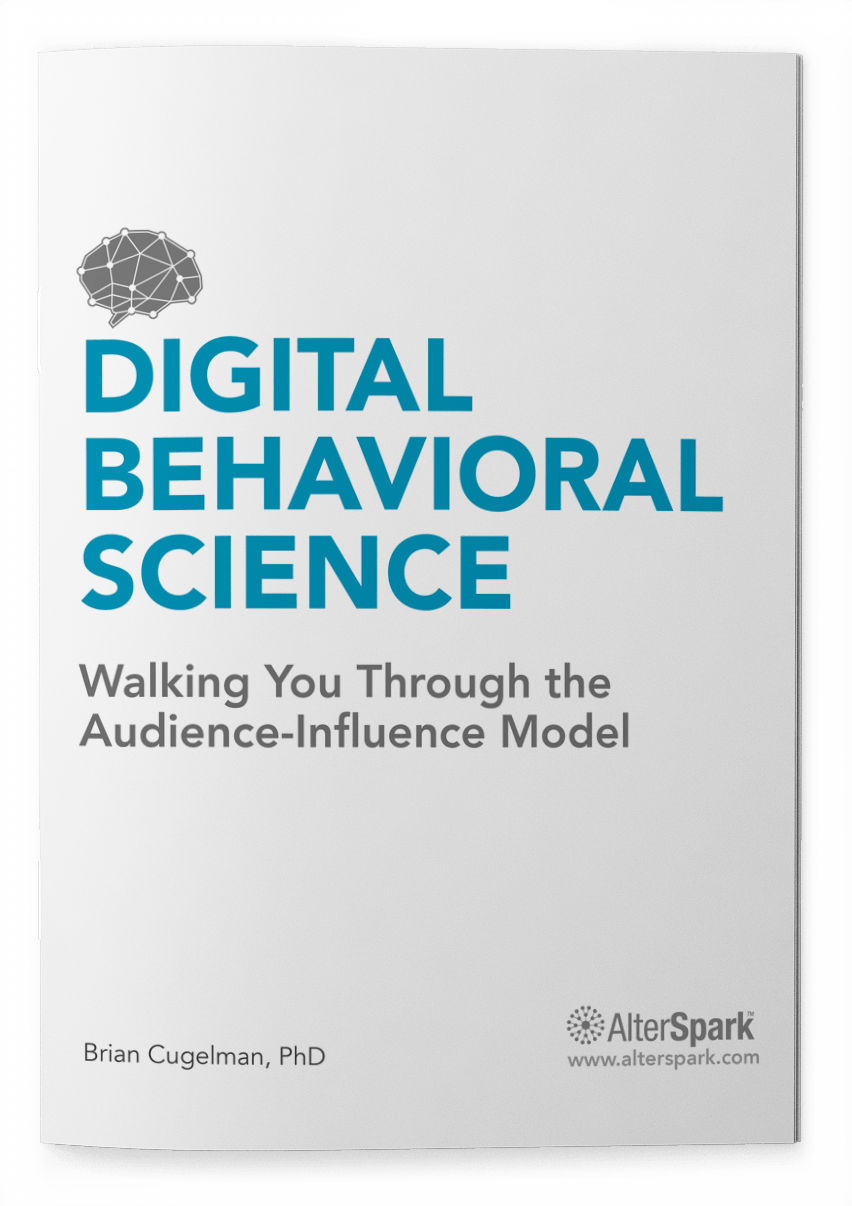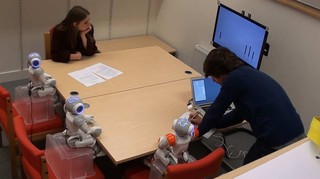Free Wireframe Kit
by AlterSpark Corp. |
| Download PDF (need Email) |
Mini prototyping templates (8.5 x 11)
We use the Digital Psychology Wireframe Kit to help our students develop their skills in applying behavioral science strategies to a wide range of interactive media.
After rearchitecting our wireframe kit in 2017, our students and friends started asking for a copy.
To share the love with the wider community of digital media pros, here's a copy of our smaller 8.5 x 11 wireframe kit, under a flexible creative commons license.
About the wireframe kit
Paper is the ultimate wireframing tool for building quick concept mockups and prototypes, with full creative freedom.
We use the oversized version of the wireframe kit in our digital psychology training, where we focus on applying psychology to various interactive design, UX and marketing applications.
Since our focus is on creative concepts, rather than pixel-perfect specifications, the kit provides ballpark dimensions across a wide range of popular devices, for websites, apps, wearables, advertising and more.
This wireframe kit does not include our training system; only device specifications.
Prototype specifications
Our grid system is inspired by the Bootstrap CSS system and uses a format that is convenient for adaptive or responsive breakpoints, at 3, 4, or 6 column divisions.
The grid is 1,200 pixels wide, divided into 12 columns, with dark gridlines every 100 pixels, each with 10 light gridlines, each at 10 pixels. This is a rough approximation of the sizes typically used in grid systems, with some smaller and others larger.
Our prototype wireframe specifications follow the proportions of popular products, such as the iPhone 8, iPad Air, and Apple Watch Series 3.
Our Facebook ad templates are based on 1200x1200 and 1200x628 pixels, which are common image dimensions used across various social media ad platforms.
Our banner ad templates are based on the most common display advertising formats used in Google's adaptive ads and AdRoll’s remarketing banners.
FREE to use, under Creative Commons
This 8.5 x 11 wireframe kit is distributed for free, under Creative Commons License Attribution-Share Alike 4.0 International (CC BY-SA 4.0). If you distribute any variations, please respect our licensing and show your love by crediting us with a link to: https://www.alterspark.com. To view the license, visit: http://creativecommons.org/licenses/by-sa/4.0/.
Stay in touch
If you have any suggestions on how we can make it better, get in touch by email team@alterspark.com or visit us online at: https://www.alterspark.com.
Gallery of wireframe prototypes
_____________
Walking You Through The Audience-Influence Model
 |
| Download PDF (need Email) |
In “Walking You Through the Audience-Influence Model”, you'll learn the essentials of digital psychology in an intuitive and visual mini-publication. You'll also enjoy templates, worksheets and research questions that you can implement immediately.







